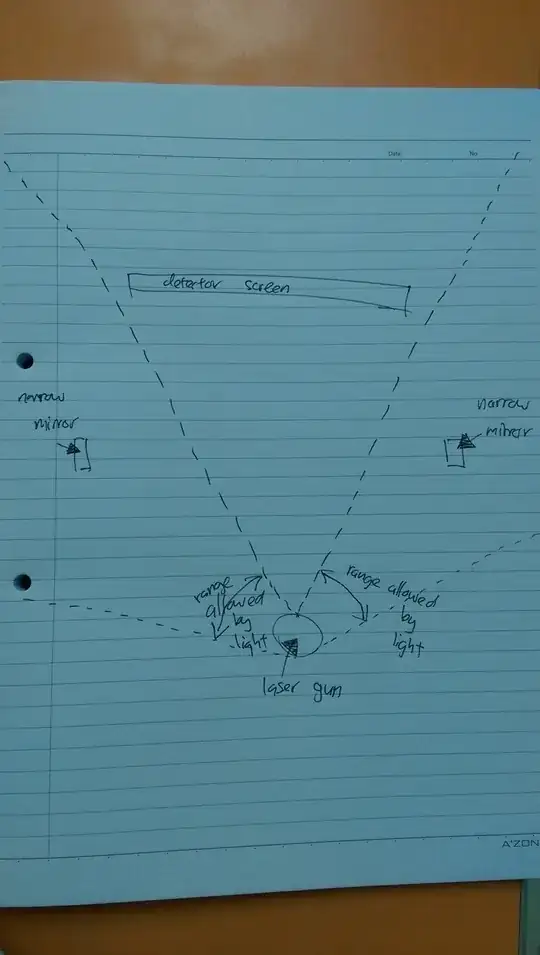There is perhaps a bit more that we can add to the answer of anna v in the context of an experiment done with single photons. How would one do such an experiment? First one would need to do the alignment. One would set up the light source(s) so that no light falls on the screen directly. It would be important that the light is coherent so that one should in principle be able to see interference if there is an overlap. Then one would place the mirrors for the light to be reflected onto the screen so that the two reflected beams overlap on the screen. To do this alignment, one would first use a bright source that one can see - classical light. If the light is coherence one should see interference on the screen.
Now the setup is done and one can turn to the single photon case. So in some way one modifies the light source (not important how) so that it emits one photon at a time. (Just to be more specific what we mean by this: the light intensity is low enough so that the photons are registered individually by the detector.) The screen needs to be replace by a detector array that can detect single photons (they do exist). We then wait for a while to accumulate enough detections of single photons to see if the resulting pattern shows an interference pattern.
What will we see? Well, as anna v explained, if we saw interference with the classical light we will also see interference in the case of single photons. Why? Because, the theory that describes the classical case and the theory that describes the quantum case for single photons in a linear system are identical. These theories have been tested quite thoroughly so we trust them.
